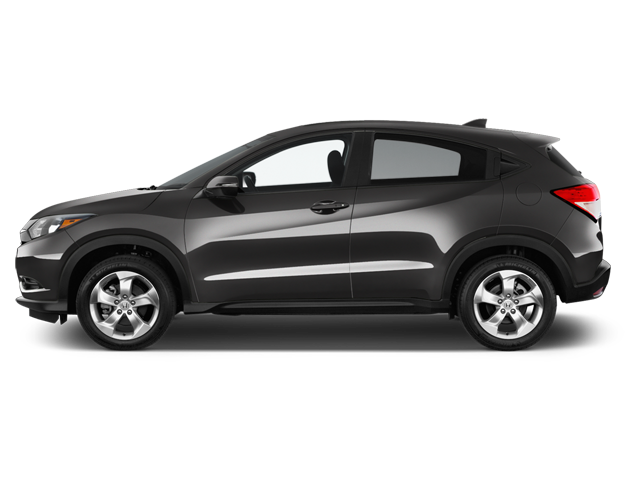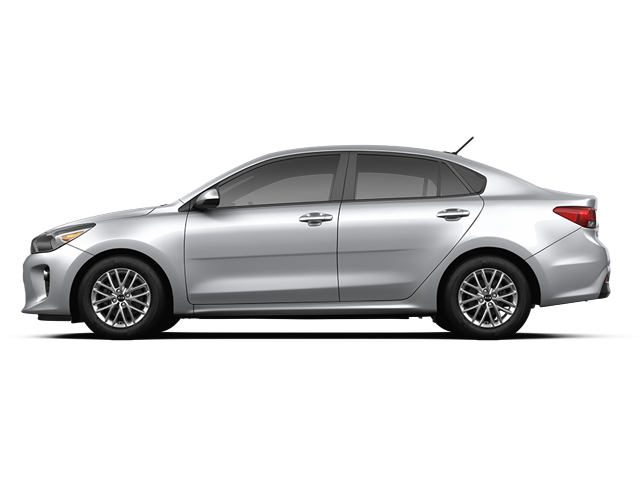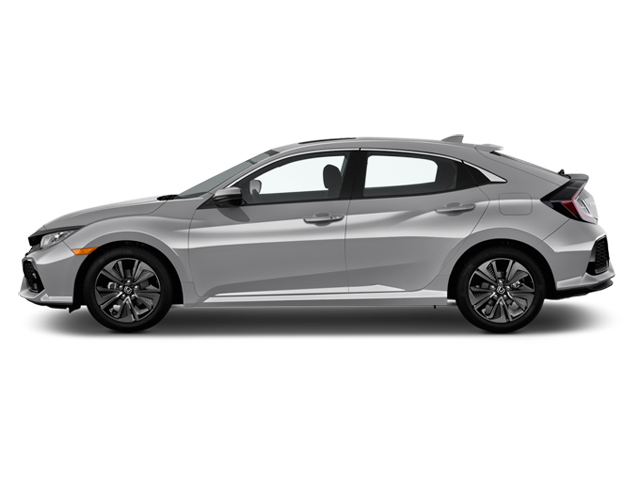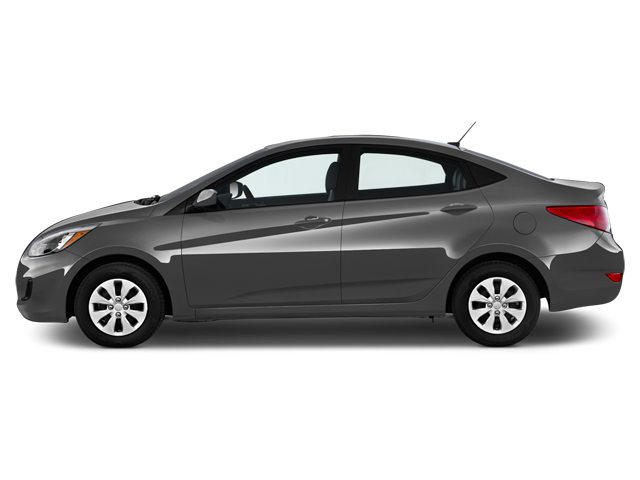The market for subcompacts is not where it was just a few years ago – surely you remember, it was in the days of $1.50/litre at the pump! Yeah, those days. Today, mind you, the segment hangs on, thanks to its popularity among students, single city dwellers and couples looking for economical transportation.
But can the category meet the needs of young families day in day out for all their comings and goings, or do the vehicles that populate it serve best as second cars, good for grocery runs and the like? I set out to put a 2018 Honda Fit Sport to that particular test.
Overview
I should note right off the bat that, for 2018, the third-generation Fit received its first major refresh since launching in 2014. It’s gained in athleticism, especially in its Sport version, which adds various aerodynamic elements, contrasting accents, black-finish wheels, a rear diffuser and a chrome exhaust tip.
All versions of the Fit work on the same mechanical setup: a 1.5L 4-cylinder generating 130 hp via a 6-speed manual gearbox or CVT transmission, depending on the trim. I enjoyed playing around with the manual and found that it spruced up the driving experience, but keep in mind that going for that option closes the door to the Honda Sensing suite of safety and drive assist technologies; you’ll have to go with the CVT for that. Honda Sensing includes, by the way, adaptive cruise control, collision mitigation braking, lane keeping assist, lane departure warning and road departure mitigation. In its segment only the Toyota Yaris is more or less as well-equipped.
For the rest, I was impressed by the way the Fit grips the road even in the snow (no doubt helped, in my case, by the Michelin X-Ice tires I was driving on), as well as by the visibility in all directions, reasonable fuel consumption for a subcompact (combined 7.0L/100 km with the CVT and 7.4L/100 km with the manual gearbox, according to Honda, and only slightly more for me during winter driving). I also liked the large openings of the rear doors making access that much easier, and the cabin overall, which is modern while still making occupants feel like they’re in familiar territory (as soon as I drove the Fit, I felt like I’d been piloting it for ages).
On the other hand, I was less enamoured with the car’s turning radius, which was larger than I would have expected, and with the overly firm knobs. And, in the midst of this particularly harsh winter we’re experiencing, the performance of the heating and defrost system was disappointingly meek.
Magic trick
Where the Honda Fit really makes a case for itself is in the area of… area. For loading cargo, that is. At 470 litres, the cargo capacity of the trunk is not best-in-class, to be sure. But as you can see in the photo below, I did manage to pack in a large hockey bag, two pairs of snowshoes and two small suitcases under the cargo cover!
When more space is required, different options are available. The magic trick the Fit performs is in the form of the so-called Magic Seat second-row bench, also found in the HR-V crossover. The seatbacks fold down nearly flat (with levers at the top making it possible to put them down from the trunk), and voilà, cargo capacity shoots up to 1,492 litres. This is more than the larger Civic Hatchback (1,308 litres) and almost as much as the HR-V (1,665 litres) – a utility model, I remind you!
Another solution: the seat cushion of the bench also lifts up, in a 60/40 split. This allowed me to vertically place there a box containing an artificial Christmas tree – I couldn’t even manage that particular trick with my own Hyundai Santa Fe Sport! This is super practical when the trunk is already full and an occupant is taking up the other back seat, or when transporting tall objects. By the way, the bar under the bench folds away, and you need to push on it to keep the bench in the raised position.
The amazingly versatile Magic Seat system comprises other modes as well. You can, for example, fold down all seatbacks on the right side to load long items like skis or a ladder, or open the front passenger seat to permit a person sitting behind it to stretch out their legs, as if on a long chair. Check out the video below to see how magical this Magic Seat is!
Best in class
This past November, we gave the Honda Fit our 2018 Subcompact Car of the Year award, rating it superior to the Nissan Versa Note, Chevrolet Sonic, Toyota Yaris and even the newly upgraded Kia Rio. For its part, the 2018 Hyundai Accent had yet to arrive on the market at that time. Our contributor Benjamin Hunting recently tried it out in sedan variant, and his review indicates that it still has some way to go before it can dethrone the Fit.
So I return to the original question posed at the outset: is the Fit a viable only-car choice for young families? Obviously, a utility model is still a better choice overall, but if your budget is under $20,000 and you can live without all-wheel drive, the safe and highly practical 2018 Honda Fit (starting price: $15,190) will surprise you; it deserves a spot on your short list.
Check out the new Fit’s specifications.








